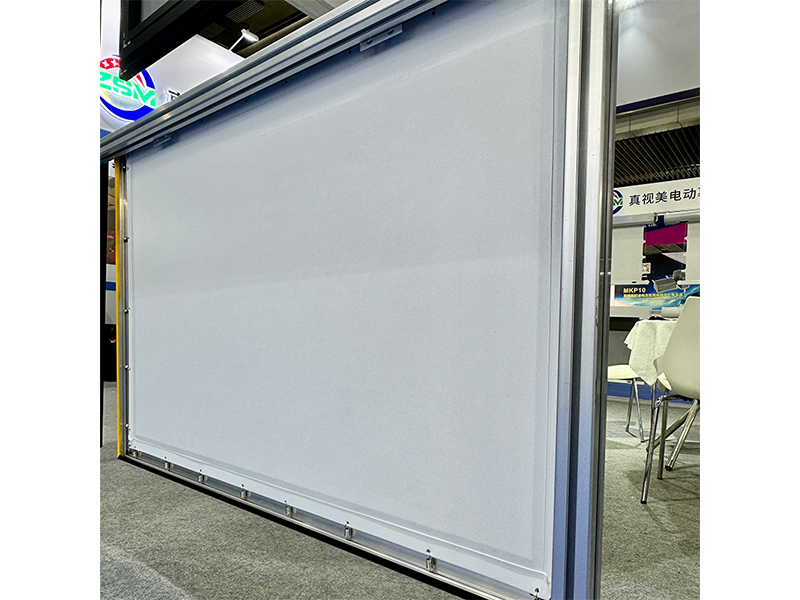

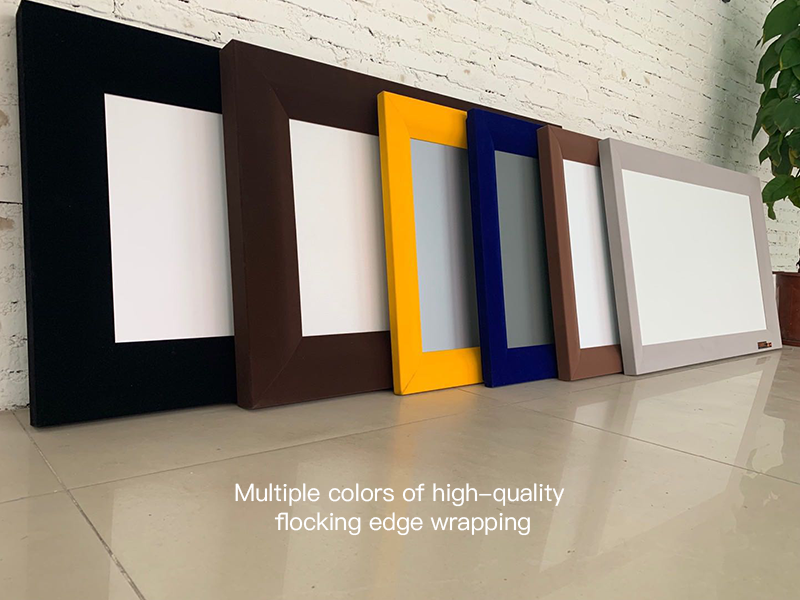
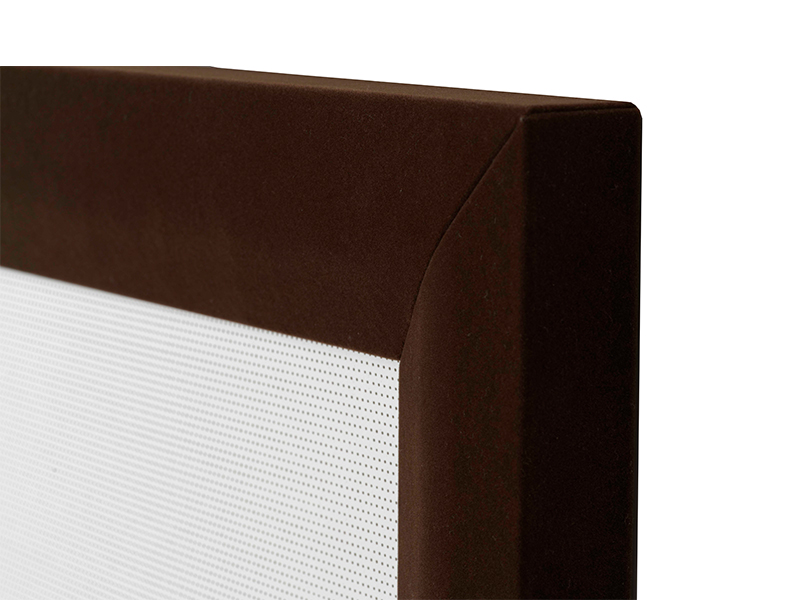
1. Let’s Talk Projection Screen Installation Types – 2025 Update
Industry reports for 2025 say the global projection screen market has hit over $1.6 billion! For home use, fixed frame screens and motorized screens are still the top picks – they make up more than 75% of the home market. I’ve put the 4 common installation types into a table so it’s easy to understand at a glance:
| Installation Type | Key Features | Suitable Scenarios | Lifespan/Flatness |
| Fixed Frame Screen | Tension-held for a perfectly flat image | Dedicated home theaters, living rooms | 10+ years / No wrinkles |
| Motorized Screen | Auto Rising and falling (lifts/lowers automatically) to save space | Open-concept living-dining areas, bedrooms | 5-8 years / Minor distortion |
| Floor Pull-Up Screen | No installation needed – portable | Renters, outdoor gatherings | 3-5 years / Prone to curling edges |
| Recessed Ceiling Screen | Hides in the ceiling, no decor damage | Luxury finished homes, minimalist styles | 6-8 years / Needs professional calibration |
2. Recessed Ceiling Screens: 5 Big Pitfalls to Avoid (Before & After Installation)
XY Screen’s recessed ceiling screens are super popular for their “invisible design” – but lots of customers run into issues because they don’t prep properly. From our on-site experience, here are the key things to watch for:
🔧 3 Must-Dos Before Installation
- Ceiling Load Check: Reserve at least 15cm of installation space, and make sure the ceiling can hold ≥20kg (to prevent it from falling – that’d be a hassle!).
- Projection Path Test: Use apps like MagicPlan to simulate the projector’s path. Keep it at least 50cm away from ceiling lights (no blocking!).
- Cable Prep: For HDMI cables, go with fiber optic ones – a 15m cable only costs around $55. Use a conduit (tube) with ≥20mm diameter so you can replace cables later.
⚠️ 2 Key Adjustments After Installation
- Image Height Calibration: Go by your shortest family member’s line of sight. The center of the screen should be 10cm above their seated eye level (saves neck strain!).
- Wind Stability: Keep AC vents at least 30cm away from the screen – otherwise, the wind will make the screen shake, and the image will look wonky.
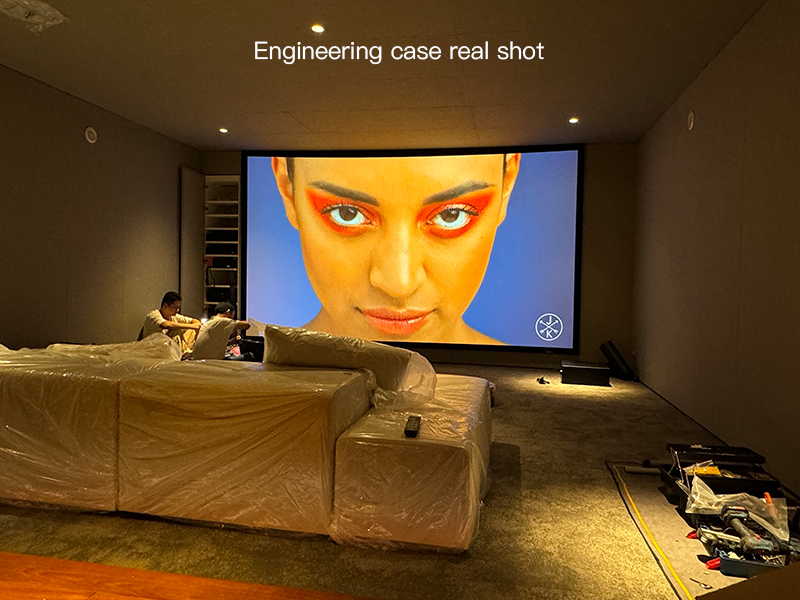
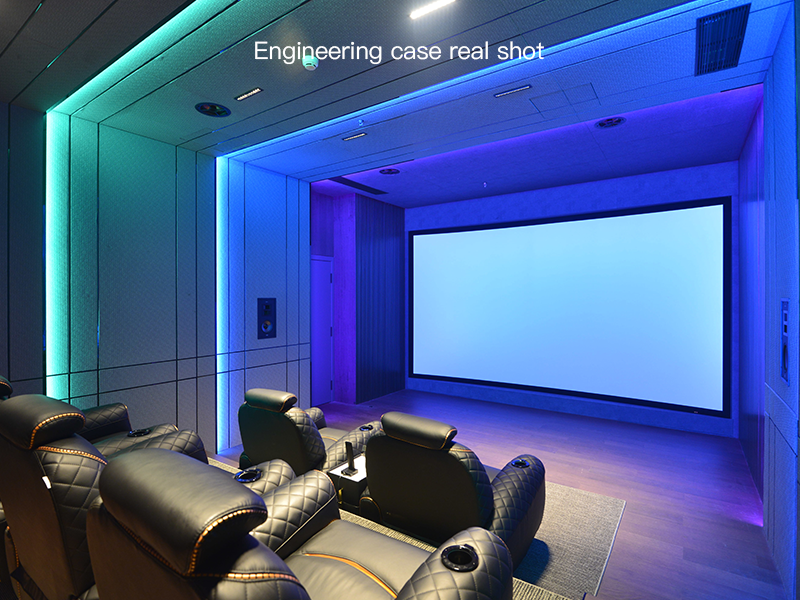
3. Buying Q&A: 3 Questions 90% of People Ask
Q1: Motorized Screen or Fixed Frame – Which Is Better?
A: If you have a decent budget, go for a fixed frame ALR (Ambient Light Rejecting) screen – great for dark, dedicated spaces. If you want flexibility, the XY Black Crystal Motorized Screen is perfect. It works in living rooms, yards, you name it – 4K quality stays sharp, and you don’t have to drill into walls to install it.
Q2: Can I Replace a Recessed Ceiling Screen After It’s Installed?
A: Absolutely! XY’s recessed screens use a modular design. If the motor breaks, you can just take that part out and replace it – no need to tear down the whole ceiling. Saves you 50% on repair costs!
Q3: Do Average Households Need an ALR Screen?
A: It depends! If you watch movies during the day and can’t close curtains, pick a long-throw gray screen – it soaks up ambient light. If you mostly watch at night, a regular white screen is fine – colors look more accurate, and it’s cheaper.
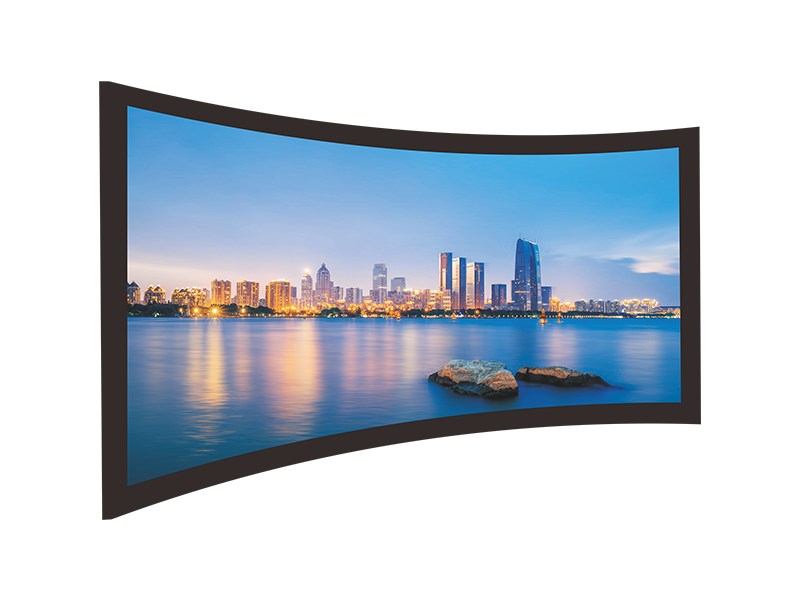
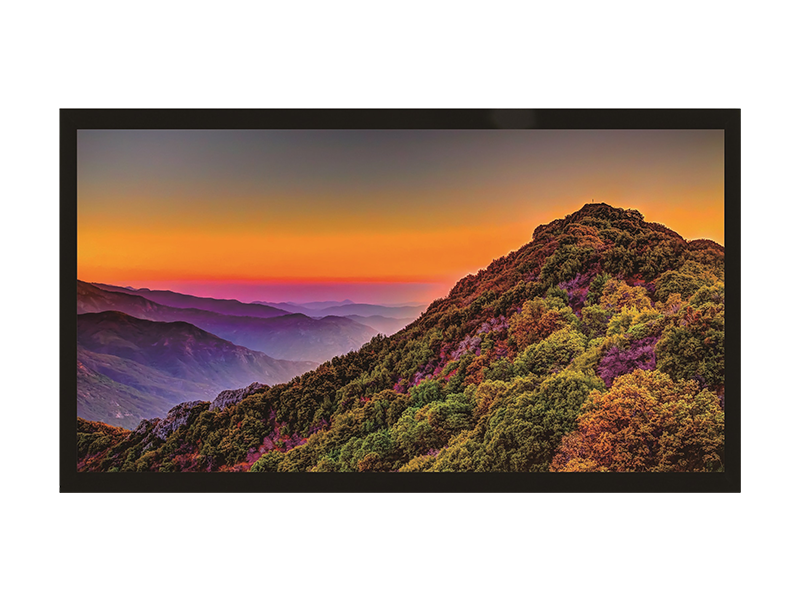
4. XY Black Crystal Motorized Screen: Works Anywhere
Compared to traditional screens, the XY Black Crystal Motorized Screen’s biggest perk is that it works in any space:
- No space limits: Whether it’s a 10㎡ bedroom or a 30㎡ backyard, you can set it up quickly.
- Better image quality: It uses nano-coating tech – 30% higher contrast than regular motorized screens.
- Great value: Same size as imported brands, but 40% cheaper. After-sales support gets back to you within 24 hours.
More and more people are buying screens online now – it’s up to 67.54% of purchases! XY also offers a “free on-site survey” – our pros will come to your home to calculate the right installation size, so you avoid mistakes from day one.

